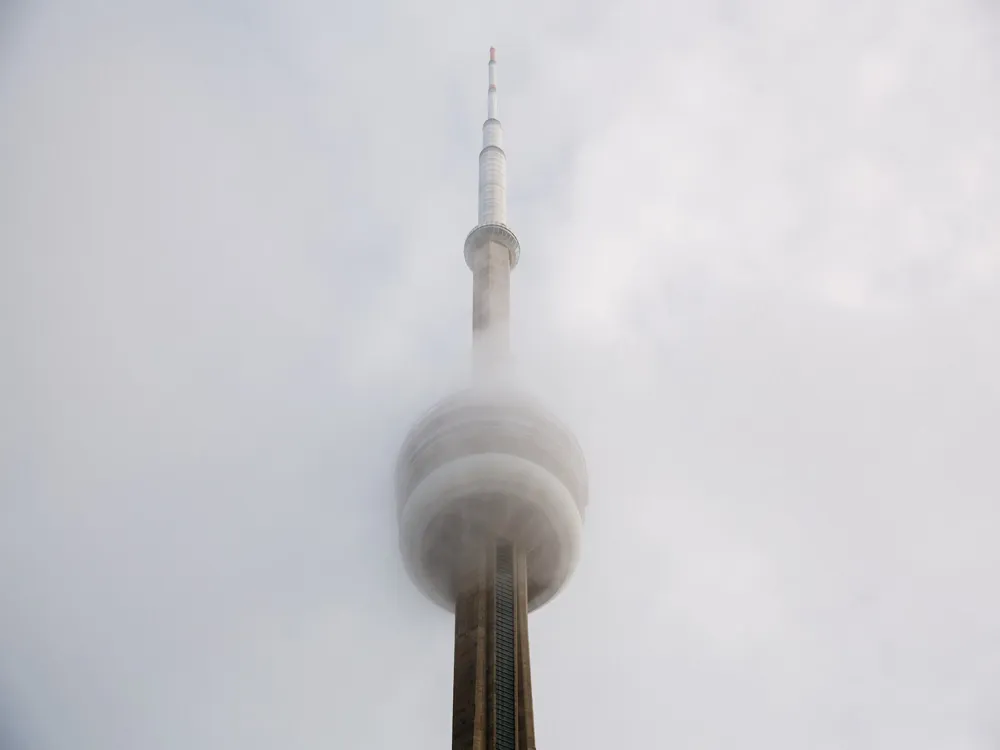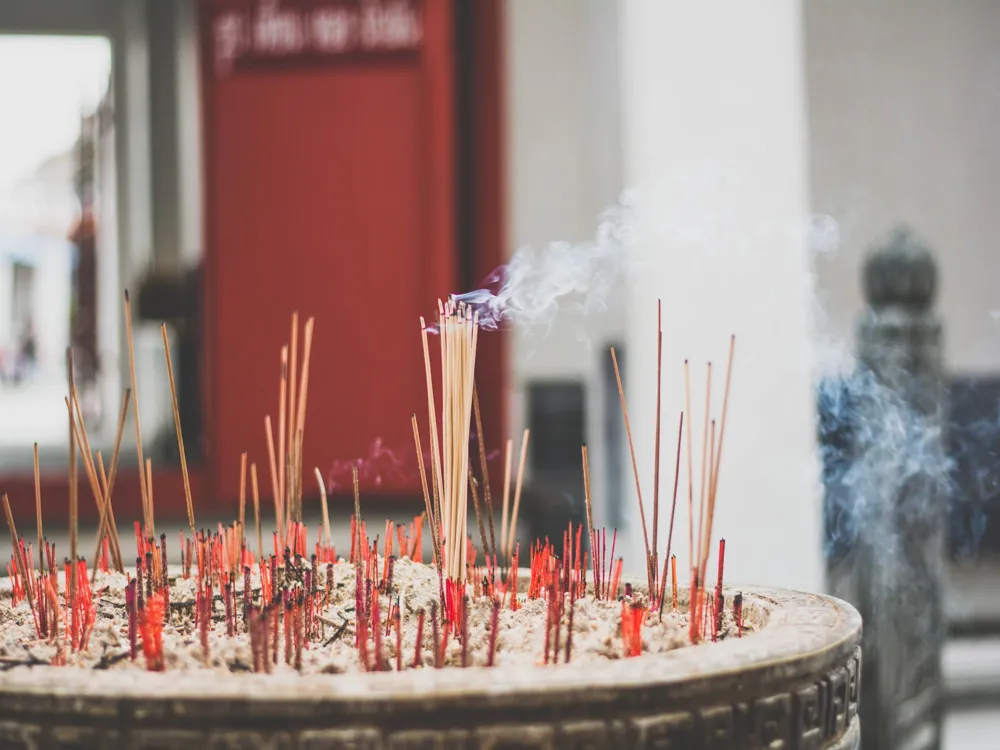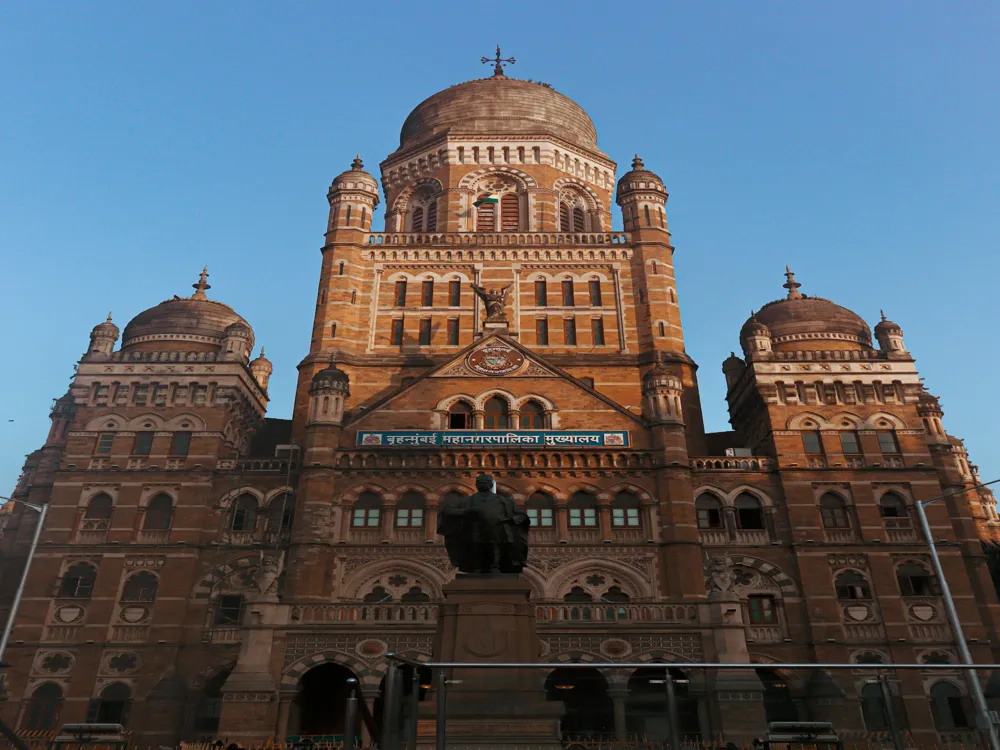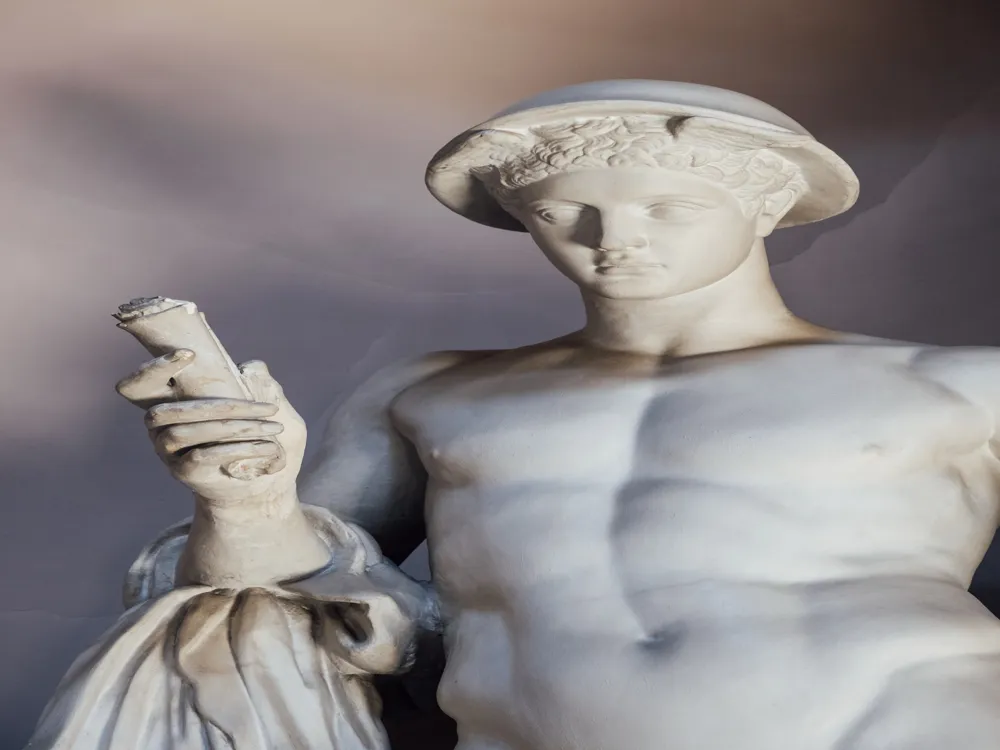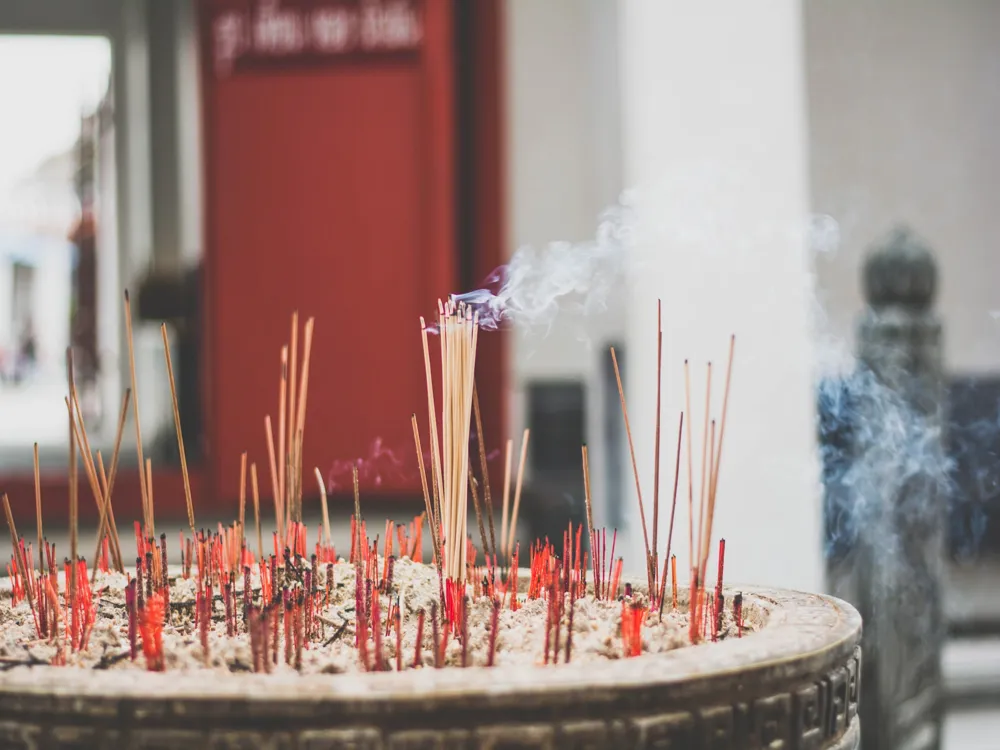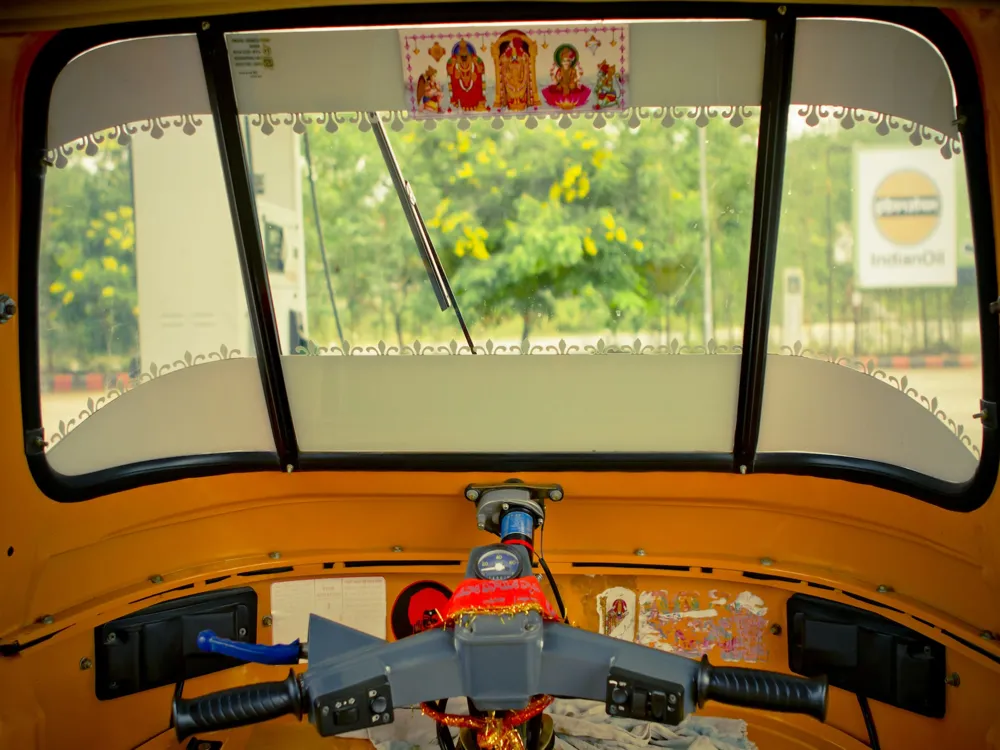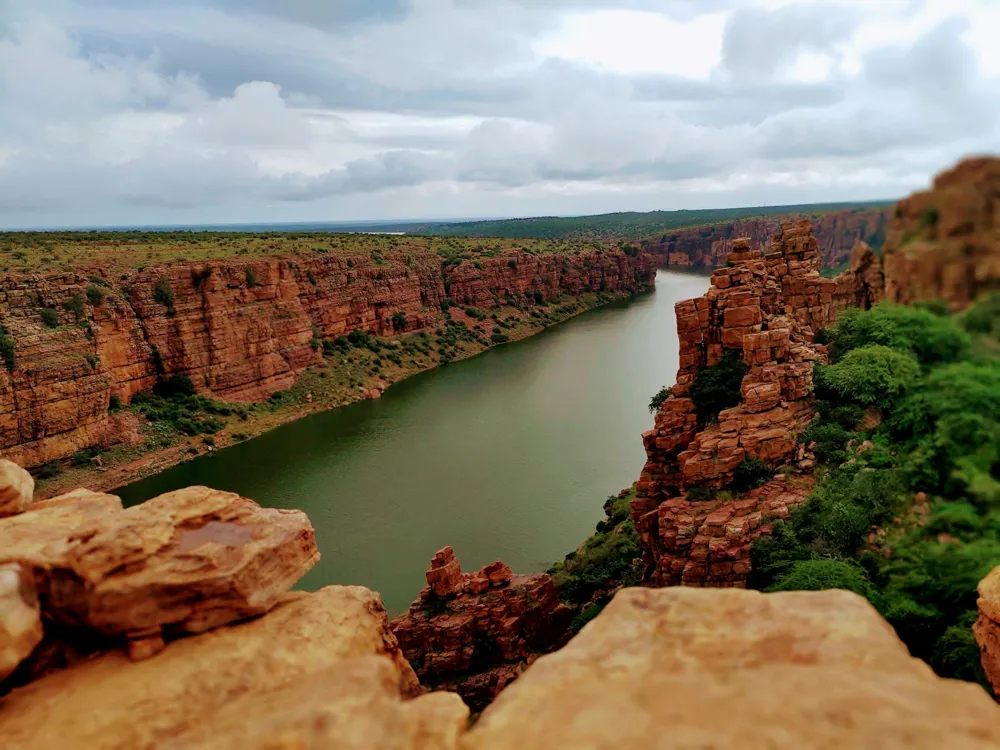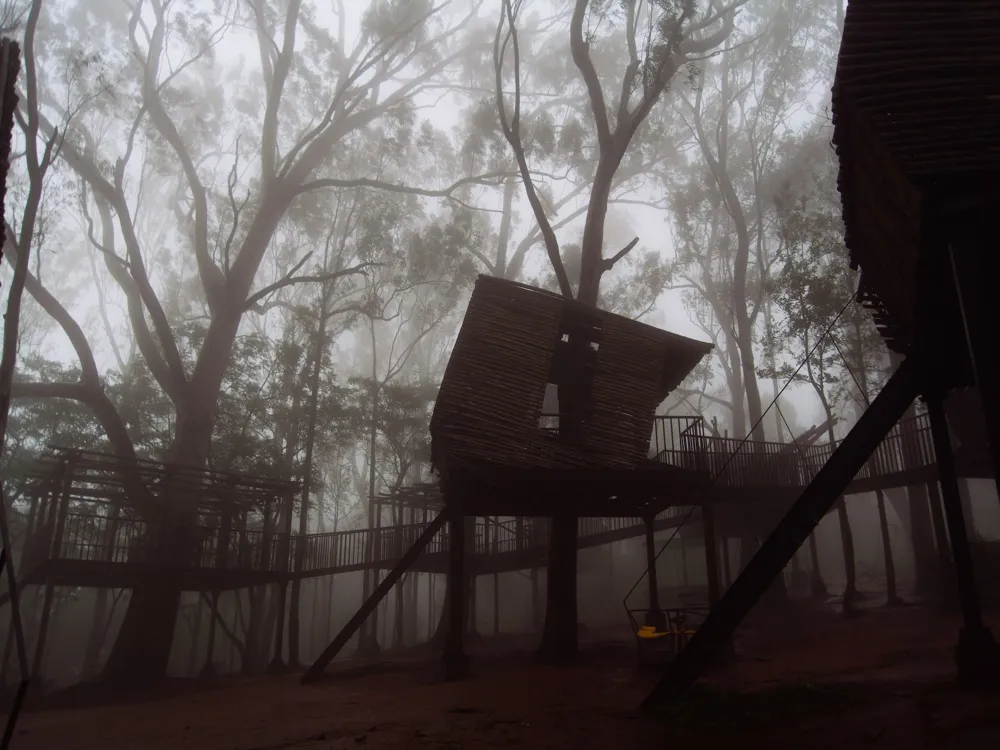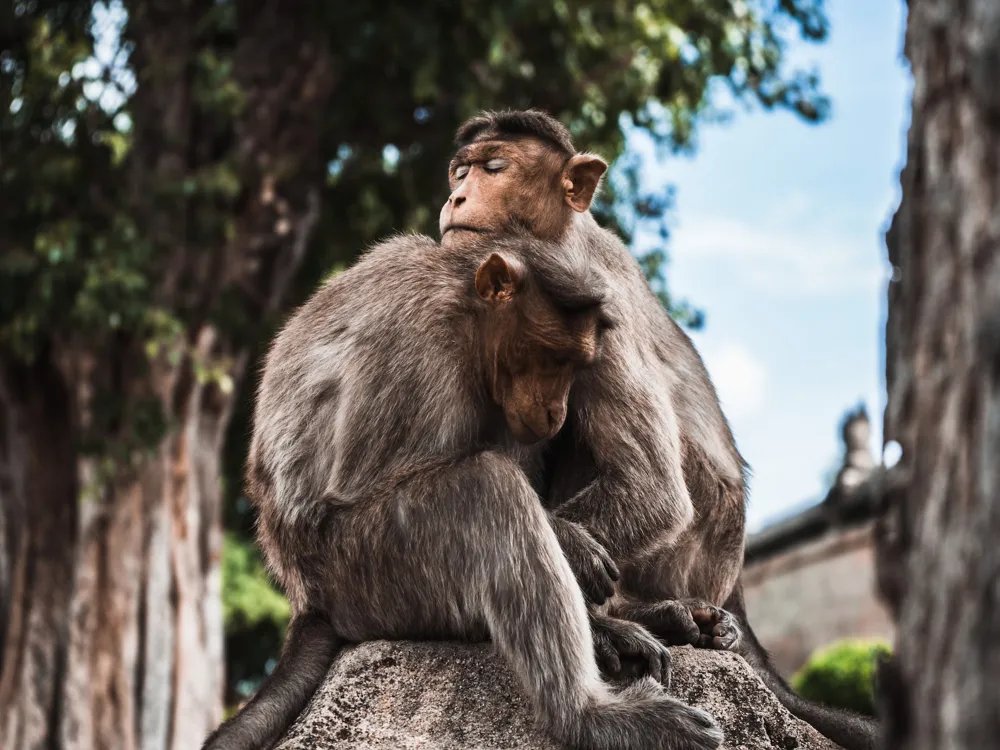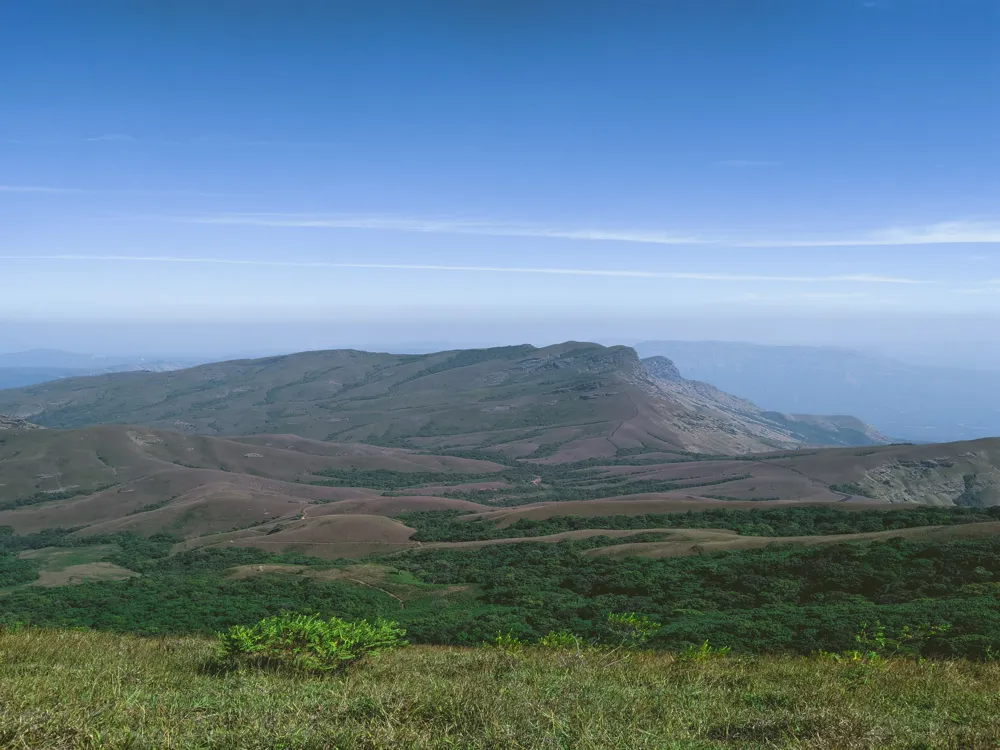Nestled in the serene landscapes of Anantapur in Andhra Pradesh, the Bugga Ramalingeswara Swami Temple is a remarkable testament to the rich cultural and spiritual heritage of India. This ancient temple, dedicated to Lord Shiva, stands as a beacon of spirituality and history, attracting devotees and tourists alike. Its history is steeped in legends and lore, making it a fascinating site for those interested in India's mythological past. The temple's unique name, 'Bugga,' is derived from the Telugu word for 'spring,' which is fitting given the temple's proximity to a perennial spring believed to have divine properties. The temple's origins can be traced back to the 16th century, during the reign of the Vijayanagara Empire, a period renowned for its contribution to art, architecture, and culture. The Bugga Ramalingeswara Swami Temple not only serves as a place of worship but also as a symbol of the architectural brilliance of the Vijayanagara period. It's a place where history, spirituality, and natural beauty converge, offering a tranquil retreat for those seeking peace and introspection. The architecture of Bugga Ramalingeswara Swami Temple is a splendid example of Vijayanagara architectural style, characterized by its intricate carvings, majestic gopurams (towering gateways), and grand mandapas (pillared halls). The temple's design reflects a harmonious blend of religious symbolism and architectural ingenuity, a hallmark of the Vijayanagara era. As one enters the temple complex, the first thing that captures the attention is the towering main gopuram, adorned with detailed carvings depicting scenes from Hindu mythology. The gopuram stands as a majestic gateway to the divine, leading devotees into a world of spiritual reverence. The temple's walls are embellished with exquisite carvings of deities, mythical creatures, and floral motifs, each telling a story of its own. Visitors are advised to dress conservatively, respecting the temple's religious significance. Traditional Indian attire is recommended. Maintain silence within the temple premises, and avoid taking photographs in restricted areas. Respect the customs and rituals performed in the temple. The ideal time to visit the temple is during the cooler months from October to March. Festivals like Maha Shivaratri offer a unique cultural experience. Bugga Ramalingeswara Swami Temple is accessible via various modes of transportation. The nearest major city is Anantapur, which is well-connected by road and rail. Visitors can opt for state-run buses, private taxis, or self-driven vehicles to reach the temple. For those traveling by air, the nearest airport is in Bengaluru, from where one can hire a taxi or take a bus to Anantapur. The journey offers a glimpse into the rural and scenic landscapes of Andhra Pradesh, making the travel experience enriching and enjoyable. Read More:Overview of Bugga Ramalingeswara Swami Temple, Anantapur, Andhra Pradesh
Architecture of Bugga Ramalingeswara Swami Temple
Tips When Visiting Bugga Ramalingeswara Swami Temple
Dress Appropriately
Temple Etiquette
Best Time to Visit
How To Reach Bugga Ramalingeswara Swami Temple
Bugga Ramalingeswara Swami Temple
Anantapur
Andhra Pradesh
NaN onwards
View anantapur Packages
Weather :
Tags : Temple
Time Required : 4-5 Hours
Timings : Monday to Sunday: 6:00 AM - 1:00 PM and 4:00 PM - 8:00 PM
Planning a Trip? Ask Your Question
Anantapur Travel Packages
View All Packages For Anantapur
Top Hotel Collections for Anantapur

Private Pool

Luxury Hotels

5-Star Hotels

Pet Friendly
Top Hotels Near Anantapur
Other Top Ranking Places In Anantapur
View All Places To Visit In anantapur
Faq on Anantapur
What is Bugga Ramalingeswara Swami Temple Anantapur famous for?
Bugga Ramalingeswara Swami Temple in Anantapur is renowned for its historical significance and architectural beauty. It's dedicated to Lord Shiva and attracts devotees from all over due to its spiritual aura.
When was Bugga Ramalingeswara Swami Temple built?
The Bugga Ramalingeswara Swami Temple in Anantapur was constructed during the Chola dynasty, making it an ancient marvel of architectural brilliance.
What are the timings of Bugga Ramalingeswara Swami Temple Anantapur?
The temple is usually open to devotees from early morning till evening. Exact timings might vary depending on religious rituals and occasions, so it's advisable to check with local authorities or the temple management for the latest schedule.
How to reach Bugga Ramalingeswara Swami Temple Anantapur?
Bugga Ramalingeswara Swami Temple in Anantapur is accessible via various modes of transportation. It's well-connected by road, and buses, taxis, or private vehicles can be used to reach the temple. Nearest railway stations and airports can also be considered depending on the traveler's location.
What are the festivals celebrated at Bugga Ramalingeswara Swami Temple Anantapur?
The temple celebrates various festivals throughout the year, with Maha Shivaratri being the most prominent. Other festivals like Ugadi, Diwali, and Navratri are also celebrated with great enthusiasm and devotion by the temple's community.
View anantapur Packages
Weather :
Tags : Temple
Time Required : 4-5 Hours
Timings : Monday to Sunday: 6:00 AM - 1:00 PM and 4:00 PM - 8:00 PM
Planning a Trip? Ask Your Question
Anantapur Travel Packages
View All Packages For Anantapur
Top Hotel Collections for Anantapur

Private Pool

Luxury Hotels

5-Star Hotels

Pet Friendly
Top Hotels Near Anantapur
Other Top Ranking Places In Anantapur
Faq on Anantapur
What is Bugga Ramalingeswara Swami Temple Anantapur famous for?
Bugga Ramalingeswara Swami Temple in Anantapur is renowned for its historical significance and architectural beauty. It's dedicated to Lord Shiva and attracts devotees from all over due to its spiritual aura.
When was Bugga Ramalingeswara Swami Temple built?
The Bugga Ramalingeswara Swami Temple in Anantapur was constructed during the Chola dynasty, making it an ancient marvel of architectural brilliance.
What are the timings of Bugga Ramalingeswara Swami Temple Anantapur?
The temple is usually open to devotees from early morning till evening. Exact timings might vary depending on religious rituals and occasions, so it's advisable to check with local authorities or the temple management for the latest schedule.
How to reach Bugga Ramalingeswara Swami Temple Anantapur?
Bugga Ramalingeswara Swami Temple in Anantapur is accessible via various modes of transportation. It's well-connected by road, and buses, taxis, or private vehicles can be used to reach the temple. Nearest railway stations and airports can also be considered depending on the traveler's location.
What are the festivals celebrated at Bugga Ramalingeswara Swami Temple Anantapur?
The temple celebrates various festivals throughout the year, with Maha Shivaratri being the most prominent. Other festivals like Ugadi, Diwali, and Navratri are also celebrated with great enthusiasm and devotion by the temple's community.







